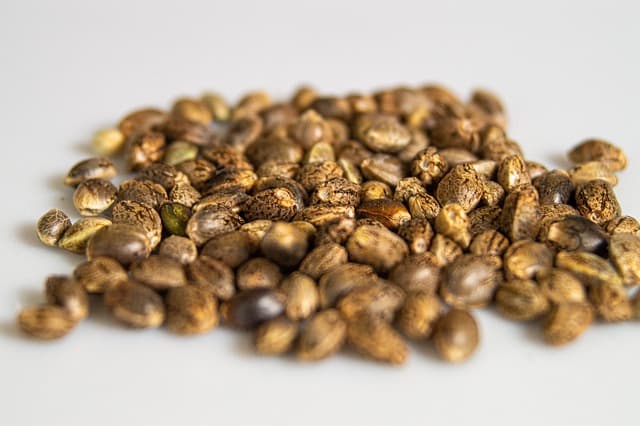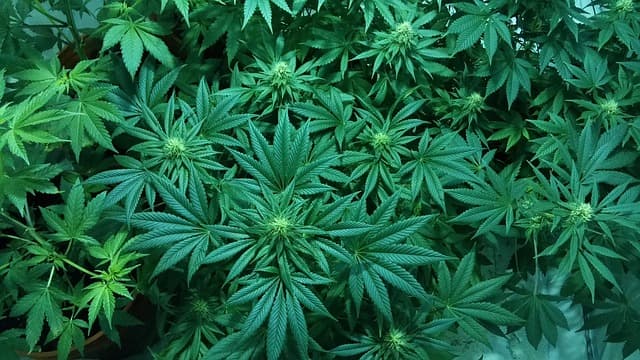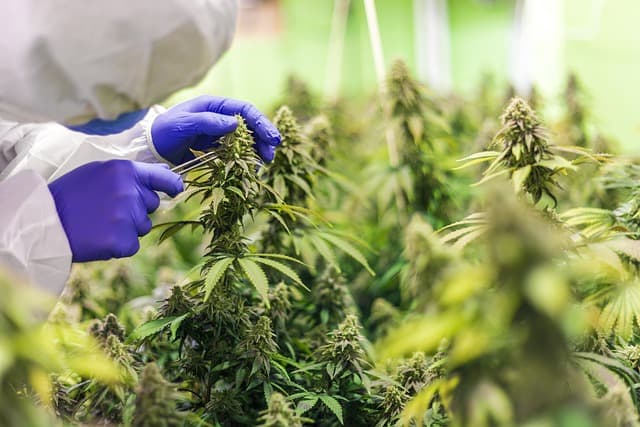Hemp is surrounded by a “drug” halo, and discussion of the plant from a medical perspective is often seen only as an excuse to talk about the legalization of marijuana. The text you are reading is not about the debate on this topic. It is about what this plant can give to medicine.
Rope plants
The natural source of cannabinoids is hemp (Cannabis sativa), a dicotyledonous plant with separate male and female flowers. Hemp is unpretentious enough to be grown on an industrial scale.
Seed hemp
Hemp has long been a source of material for fabrics and ropes: the famous hemp ropes were made from hemp fibers. Various parts of cannabis have also been used as cosmetics and as fodder for livestock. The psychotropic effects of cannabis were also known, but it was used relatively rarely.
The industrial use of hemp was severely restricted in 1961 due to the entry into force of the Single Convention on Narcotic Drugs. Despite this fact and the fact that many countries have passed laws prohibiting the use of cannabis derivatives, today between 130 and 230 million people worldwide use cannabis as a drug.
The mental effects of cannabis are caused by cannabinoids, a group of plant-derived terpene phenolic compounds. There are dozens of cannabinoids, but Δ9-tetrahydrocannabinol (THC) has the strongest psychotropic effect. Other members of the family have less potent effects. In plants, cannabinoids are formed by two pathways. The polyketide pathway allows the synthesis of cannabinoids from olivetolic acid. The second mechanism is more complex: it is based on the production of geranyl diphosphate and the subsequent synthesis of monoterpenes.
Tetrahydrocannabinol molecule
I wonder why hemp needs this group of substances at all? Most likely, as with nicotine, cannabinoids protect the plant from insect pests. It is not entirely clear whether they have a direct effect on the central nervous system of insects or act in some other way, but their effectiveness in this role is not disputed.
In search of a receptor
The possibility of a chemical substance affecting the human body implies the presence of a point of application (simply put, a target of action). This can be a specific receptor, as in the case of digoxin contained in foxglove. Another option is the global effect of the drug on a variety of processes and binding to multiple receptors. Alcohol has a similar effect (but this is not certain).
Scientists have long tried to find the target of the action of cannabinoids in the human body. This was accomplished in 1988, when cannabinoid receptors of type 1 (CB1 receptors) were described. In 1993, a second class of receptors to cannabinoids (CB2 receptors) was also discovered. CB1 receptors are located in the central nervous system. Activation and blocking of CB1 affect memory processes, neuroprotection, and nociception. In addition to the brain, they can be found in the liver, myocardium, kidney, gastrointestinal tract, lung, and in the endothelial lining and muscle wall of blood vessels. CB2 is widely present on immune and endothelial cells. The synthetic cannabinoids found in smoking mixtures mainly stimulate CB1 receptors – which is why these drugs alter a person’s mental state so severely.
Cannabinoid receptors in human organs
CB1- and CB2-receptors are 44% identical in their amino acid sequence. Both types of receptors belong to the class of G-protein-coupled receptors (you can read a selection of articles about this type of cellular structures on our website). Scientists now know the crystal structure of the cannabinoid receptor with high precision. In addition, in recent years it has been possible to understand how receptors change when interacting with THC and another cannabinoid, hexahydrocannabinol. Interestingly, pharmacological methods can block CB1- and CB2-receptors separately, but it is not yet possible to stimulate them separately.
This begs the question: why do we need receptors for cannabis substances in our body?
A year before the description of the second type of receptors, Science magazine published a paper about anandamide, a representative of our body’s endocannabinoid system. In other words, it is a molecule produced in the human body that acts on the same receptors as cannabinoids. Apart from it, endogenous cannabinoids include 2-arachidonoylglycerol. CB1 receptors are found in cortical neurons, basal ganglia, cerebellum and hippocampus. The function of these receptors is to reduce the release of the neurotransmitters GABA or glutamate.


